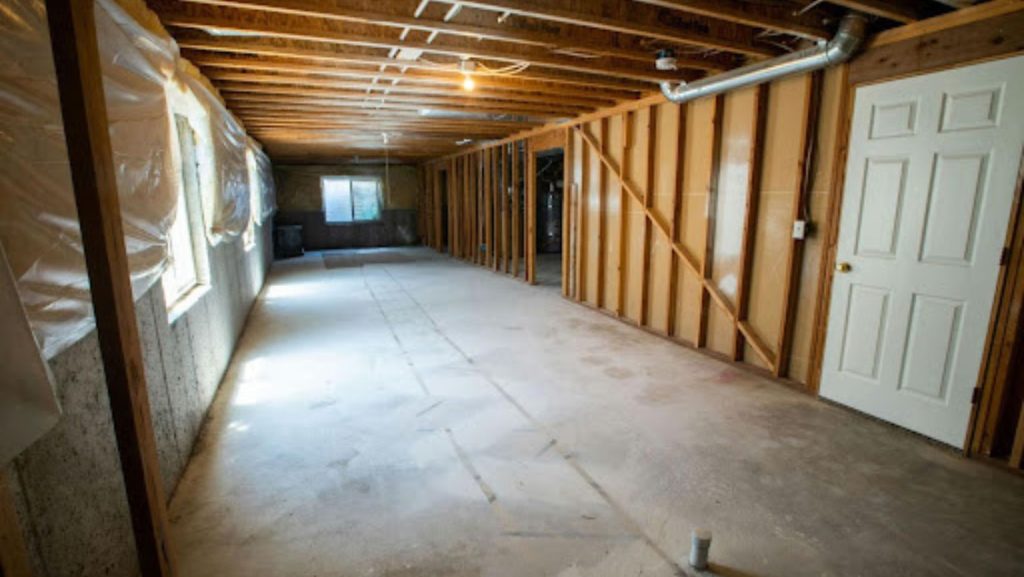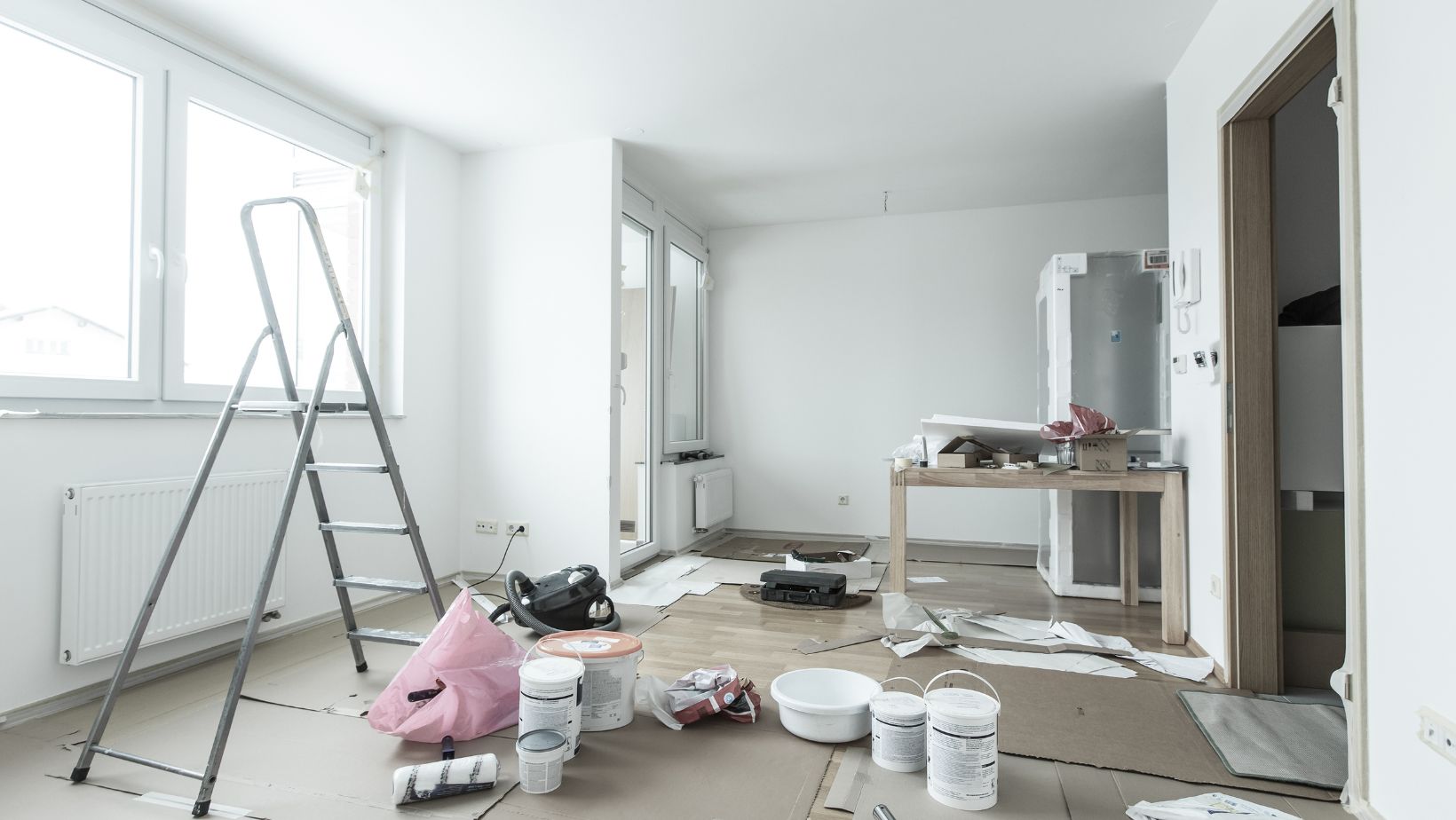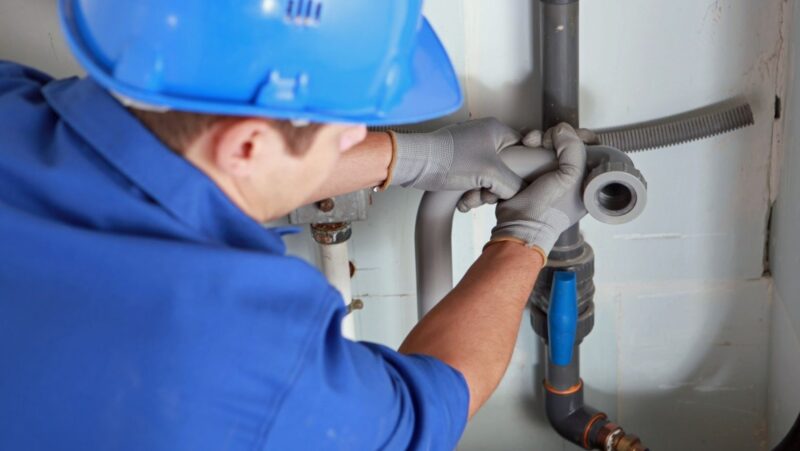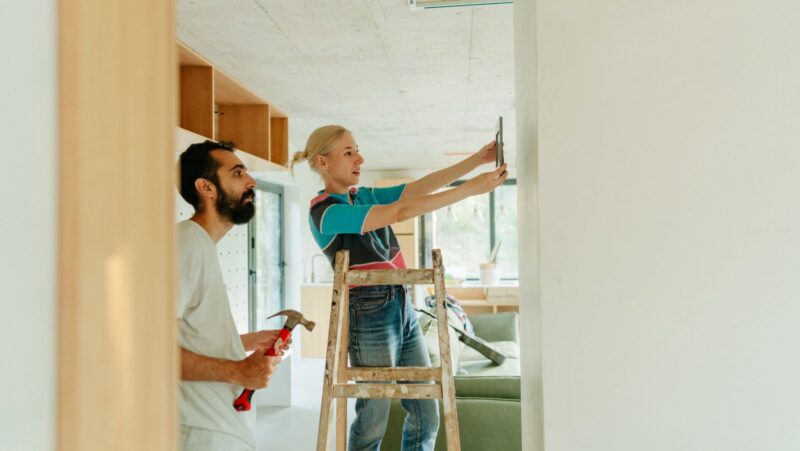
A home is more than just bricks and mortar; it’s a haven, a place of comfort and security. However, various factors can threaten the integrity of your home, and one of the most insidious among them is dampness. This comprehensive guide delves into the importance of damp surveys in safeguarding your home, exploring what damp is, its causes, and how regular surveys can be a crucial aspect of home protection.
The Importance of Damp Surveys
- Early Detection and Prevention: Damp surveys are a proactive measure to detect moisture-related issues early on. According to the seasoned surveyors behind https://dampsurveyorsltd.com, homeowners can take preventive actions before the problem escalates by identifying the source and type of dampness. Early intervention is crucial in minimizing potential damage and the associated costs of repairs.
- Preserving Structural Integrity: Dampness can compromise the structural integrity of a building. It can weaken the foundations, damage load-bearing walls, and lead to the deterioration of building materials. Regular damp surveys help identify vulnerabilities and enable homeowners to address issues before irreversible damage occurs.
- Protecting Health and Well-being: Damp conditions create an ideal environment for mold growth. Prolonged mold exposure can contribute to respiratory issues, allergies, and other health problems. Damp surveys aid in identifying areas conducive to mold growth, allowing for remediation before health risks escalate.
- Safeguarding Personal Belongings: Dampness threatens personal belongings, including furniture, clothing, and electronic devices. Moisture can cause wood to rot, fabric to develop mold, and electronics to malfunction. Regular damp surveys help homeowners protect their investments by addressing moisture-related issues promptly.
- Preserving Aesthetic Appeal: Damp patches, water stains, and peeling paint are unsightly consequences of dampness. Damp surveys assist in identifying cosmetic issues and the underlying causes, allowing homeowners to maintain the visual appeal of their properties.
- Maintaining Property Value: A home with a history of dampness can experience a decline in market value. Regular damp surveys and documentation of preventive measures contribute to maintaining and even enhancing property value.
Conducting Damp Surveys: A Step-by-Step Guide
- Visual Inspection: The first step in a damp survey involves a thorough visual inspection of the property’s interior and exterior. Look for signs of dampness, such as damp patches, water stains, peeling paint, and mold growth. Examine the roof, walls, windows, and doors for any signs of damage.
- Moisture Meters and Instruments: Moisture meters are invaluable tools in damp surveys. These devices measure the moisture content in building materials, helping identify areas prone to dampness. Additionally, thermal imaging cameras can detect temperature variations associated with damp spots, providing a more comprehensive assessment.
- Checking Ventilation: Adequate ventilation is crucial in preventing condensation-related dampness. The survey should assess the effectiveness of existing ventilation systems, such as extractor fans and air vents. Inadequate ventilation can contribute to dampness problems.
- Assessing External Factors: Examine the external factors that could contribute to dampness, such as the roof’s condition, gutters, and downspouts. Ensure the external ground levels slope away from the building.
- Testing for Rising Damp: Rising damp can be tested using a moisture meter or drilling small holes into walls to extract samples. These samples can then be assessed for moisture content and the presence of salts, indicators of rising dampness.
- Professional Damp Surveyors: While DIY inspections are valuable, professional damp surveyors bring expertise and experience. Hiring a qualified surveyor ensures a comprehensive assessment, including identifying hidden issues that may not be apparent during a visual inspection.
Preventive Measures Based on Survey Findings
If the survey identifies drainage problems, such as blocked gutters or damaged downspouts, addressing these issues is crucial. Ensuring proper water runoff helps prevent water from seeping into the building. Inadequate ventilation can contribute to condensation-related dampness. Based on survey findings, homeowners can improve ventilation in problematic areas by installing extractor fans, increasing air circulation, or utilizing dehumidifiers. For rising damp issues, damp-proofing measures may be necessary. This could involve the installation of a damp-proof course (DPC) to prevent groundwater from rising into the walls. Chemical injections or physical barriers can be employed to deter moisture.
If the survey reveals issues with the roof, such as missing tiles or damaged flashing, prompt repairs are essential. A well-maintained roof is a crucial defense against penetrating dampness.

Penetrating dampness can often be addressed by identifying and sealing cracks or gaps in the building’s structure. This may involve re-pointing brickwork, applying waterproof sealants, or repairing damaged renderings. In cases where mold is identified, proper remediation is necessary. This may include cleaning and treating affected surfaces, improving ventilation, and addressing the underlying cause of excess moisture.
Understanding the importance of damp surveys is fundamental to your home’s long-term health and resilience. If left unchecked, dampness can lead to structural issues, health hazards, and financial burdens. Regular surveys, whether conducted by professionals or through vigilant DIY efforts, serve as a proactive strategy to detect, prevent, and mitigate the effects of dampness. By investing in home protection through damp surveys, you not only preserve the structural integrity and value of your property but also create a safe and comfortable living environment for you and your family.













